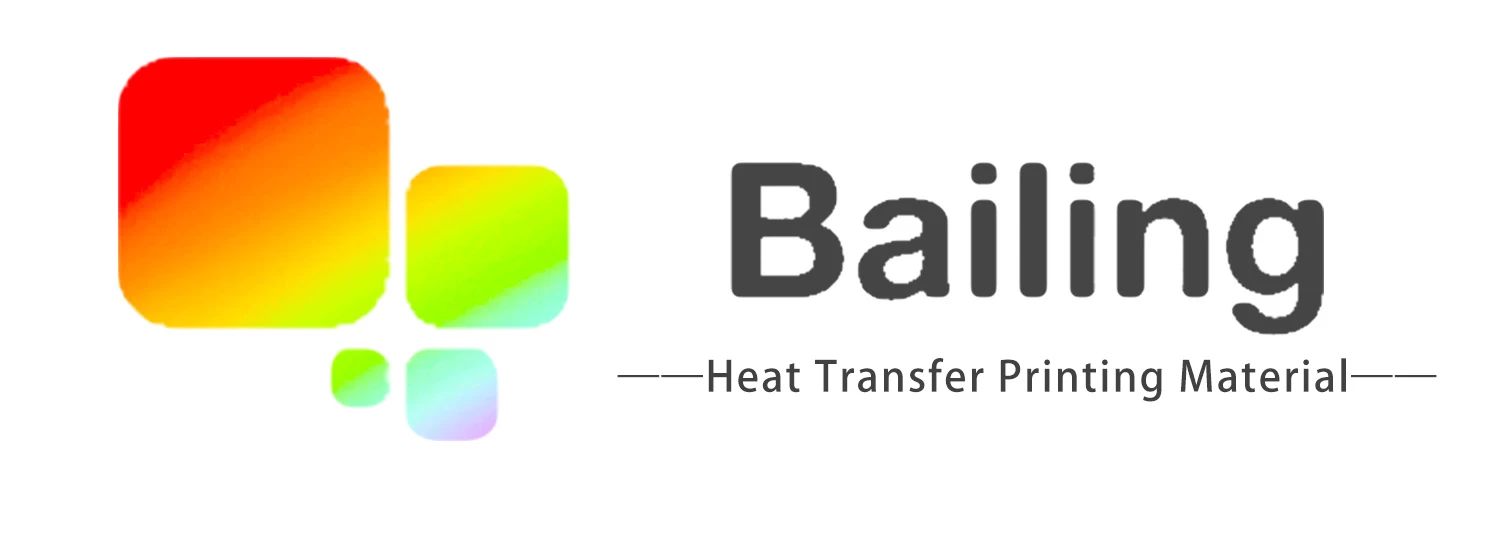Heat Transfer Film
Heat transfer film is usually made of materials such as polyester film, polypropylene film, etc. These materials have characteristics such as high temperature resistance, wear resistance, and resistance to chemical erosion, and can withstand the effects of high temperature and pressure during the heat transfer printing process. Meanwhile, the surface of the heat transfer film is usually coated with a special layer to enhance the adhesion and transparency of the pattern.
Heat transfer film is usually made of materials such as polyester film, polypropylene film, etc. These materials have characteristics such as high temperature resistance, wear resistance, and resistance to chemical erosion, and can withstand the effects of high temperature and pressure during the heat transfer printing process. Meanwhile, the surface of the heat transfer film is usually coated with a special layer to enhance the adhesion and transparency of the pattern.
The production process of heat transfer film usually includes three steps: design, printing, and transfer. Firstly, the designer designs patterns based on the client's needs and requirements. Then, use a special heat transfer printer to print the pattern on the surface of the heat transfer film. Finally, the printed heat transfer film is brought into contact with the surface of the object, and the pattern is transferred onto the surface of the object through high temperature and pressure.
Heat transfer film has been widely used in various fields. In the field of textile printing, heat transfer film can achieve the transfer of various patterns, designs, and text. It can be applied to various textiles such as clothing, shoes, hats, bags, etc., giving it a unique personality and fashion sense. In the field of furniture manufacturing, heat transfer film can transfer patterns such as wood grain and marble grain to the surface of furniture, giving it a high-end appearance and texture. In the field of electronic products, heat transfer film can provide personalized patterns and color choices for products such as phone cases and tablet cases.
In addition to aesthetic and personalized requirements, heat transfer film also has certain functional characteristics. For example, some heat transfer films have waterproof, scratch resistant, UV resistant and other functions, which can protect the surface of objects from external environmental erosion. In addition, heat transfer film can also improve the antibacterial performance of object surfaces to a certain extent, making them more hygienic and healthy.
With the continuous advancement of technology and the expansion of application fields, heat transfer film is also constantly innovating and developing. The emergence of new heat transfer film materials and technologies has made heat transfer printing more environmentally friendly and economical. The application prospects of heat transfer film are becoming increasingly broad, bringing more innovation and possibilities to various industries.
Previous: No More






